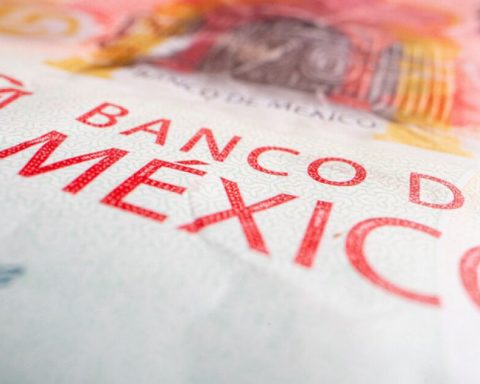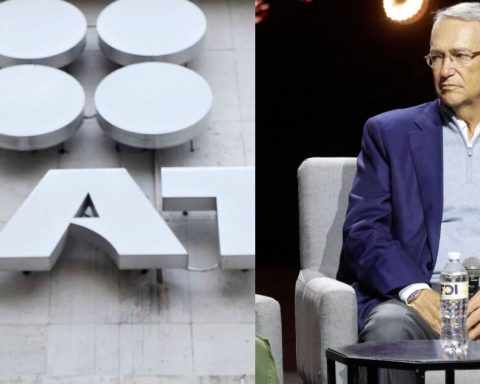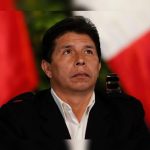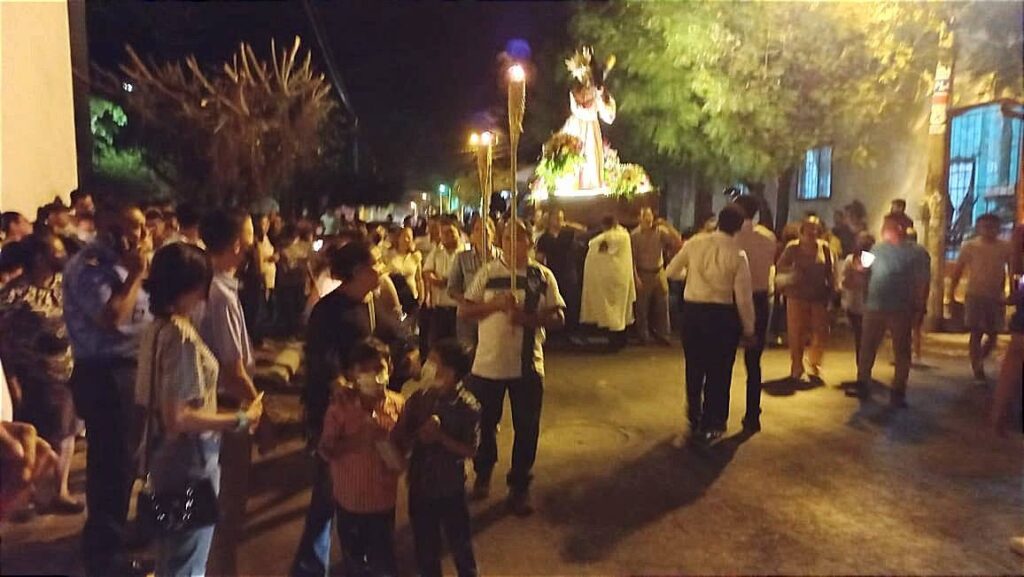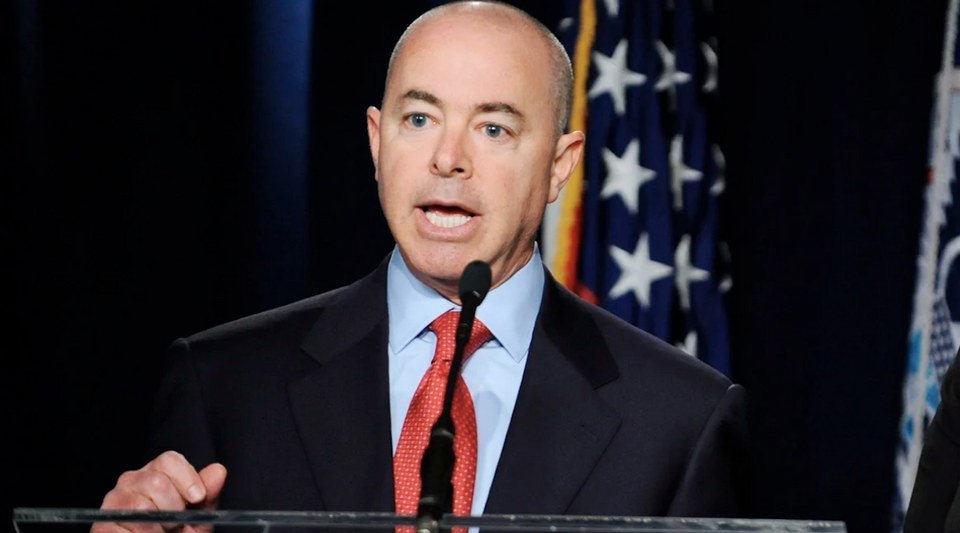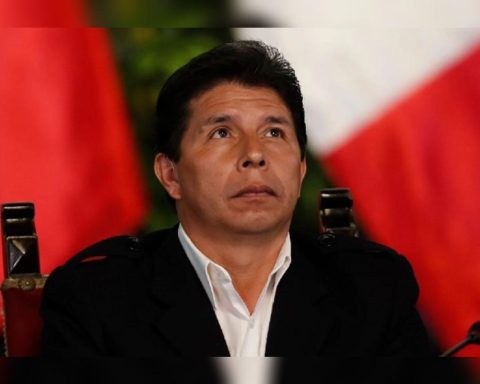▲ The regent of the Federal District between 1966 and 1970 was Alfonso Corona del Rosal, one of the protagonists at the beginning of the student conflict of 1968.Photo the day
A
some arguments that are poured against me, I admit, they are simply incontrovertible. For example: what can I claim to the contrary when someone or someone accuses me that, due to my age, I am obliged to know with a high degree of truth what happened in the times when the vast majority of current Mexicans not born yet? As a protagonist, antagonist, supporting actor, extra or extra, you were on dates and places that, due to your minuscule social and political existence, you were not even recorded. But there you were like those characters in those unforgettable photographs from the Casasola Archive, in which before the antediluvian cameras (drawer or daguerreotypes), a titipuchal of cowboy hats, Texan hats, and guaripas corresponding to the heads of the caudillos who headed those motley peasant uprisings that at a given moment – overcoming their diversity and differences – managed to constitute the iron battering ram that defeated the extremely powerful class army that had dominated the country for terrible decades. Miguel and Agustín, the Casasola brothers, were very careful about the correct identification and location of the participating characters in each of their photos, so for them there was no worse concern than the appearance of the neck of a Giraffa Camelopardalis (the one with the highest neck among all the species), which was accommodated between the heads of the main protagonists and assumed with simplicity and full control, the direction of the important event that was taking place. The act was not in the least the responsibility of the Casasolas, but only the testimony of what happened. Reason enough for each time the stranger inevitably appeared, there was also an explanatory legend at the foot of the engraving: unidentified citizen.
He, who saw and heard, but whom no one registered. That is the role that some readers, members of the crowd, joyously demand of me: Wow, Ortiz: spit Lupe. Speak, speak out loud, Dr. Raúl Fernández prompts me from Zihuatanejo. Yes, I will tell some events, some illustrative anecdotes, the only limitation is that no one who can no longer exercise their right of reply is involved in a matter that cannot be fully verifiable. From there on out, I feel free to recount everything that my memory is not elusive in reminding me as it is doing these days with my glasses or my mask.
It was the fateful midnight of July 30, 1968, the year of horror. General Corona del Rosal and his closest collaborators (Rodolfo González Guevara, Salazar Toledano, Antonio Murrieta, the senior officer, Lerdo de Tejada and some others) were meeting in one of the main rooms of the then Regency. ), forming small groups and speaking as if at a wake. Suddenly, a roar engulfed us all. Several minutes passed to become aware that something unexpected, abnormal and serious had happened but, at the same time, that no one present had been harmed. Escorts and assistants wanted to surround the regent, but he soon took command and ordered everyone to withdraw to the inner part of the hall and that no one approach the doors and windows. The phones began to ring. The first one he took was the one from his house. He spoke briefly with his wife, asked her to pass him his daughter Rosita, to whom he offered that she was already leaving for her house. He finally took the call from the Interior and it was brief: What is essential is that He approves each movement and knows the results and consequences immediately.
. At the door, Mr. Lerdo de Tejada could not avoid commenting something similar to this: Now that the Army has decided to act, for us it is a break
. The general did not answer him and addressing all the attendees, he said: I want to ask all of you discretion about this moment. With family, friends, keep your version of what happened. Tomorrow we will know the truth and you will become part of it
. To Mr. L. de T. he gently recommended: Let’s not saddle responsibilities so early.
Many years later, Carlos Monsiváis and Julio Scherer published an essay, report, and interview with Mr. Marcelino García Barragán, Secretary of National Defense in 1968. There, too, one fact is clear: the National Army and its commanders must not be confused with the Presidential General Staff.

